By Christopher Miskimon
HMS Dreadnought was such a revolutionary design its name became the byword for an entire class of warship. When the British commissioned the ship in 1906, the era of the big-gun battleship arrived. The vessel’s balance of firepower, armor protection and speed made it the deadliest vessel afloat, so that other nations had no choice but to copy it outright. As the designs improved, so-called super-dreadnoughts evolved. These mighty ships were veritable floating arsenals built for an expanding arms race between the major powers.
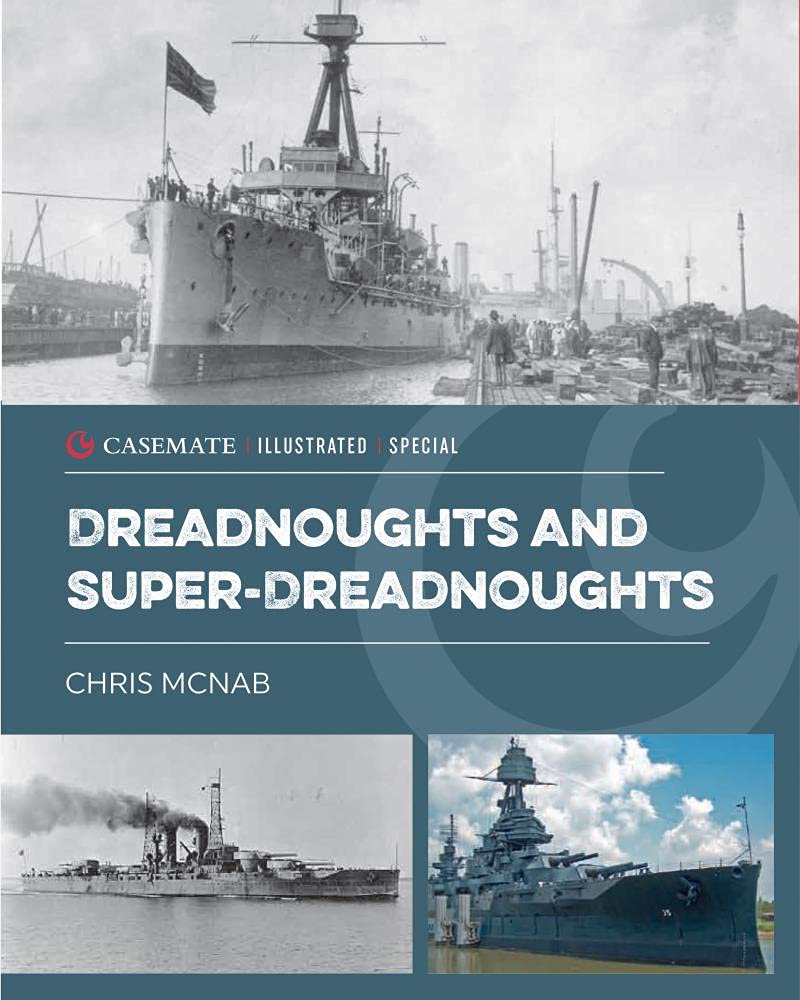
These mighty ships battled each other in World War I. Many of the super-dreadnoughts survived to remain in service through World War II. Some of them gained great fame at battles such as Jutland, Dogger Bank, Pearl Harbor and Surigao Straight. While they were once numerous, today the only remaining dreadnought is the USS Texas, a museum ship.
The history of the dreadnought is well told in this extensively illustrated volume. The book contains more than 200 illustration, technical drawings, and photographs of various ships and their equipment, armament, and crews. The text delves into detail about the ships and their various design features. This book is an expanded edition of the publisher’s new illustrated series, gathering firsthand accounts and primary sources to highlight some of the most famous warships of history.
Dreadnoughts and Super-Dreadnoughts (Chris McNab, Casemate Books, Havertown PA, 2022, 223 pp., technical drawings, photographs, bibliography, index, $49.95, hardcover)
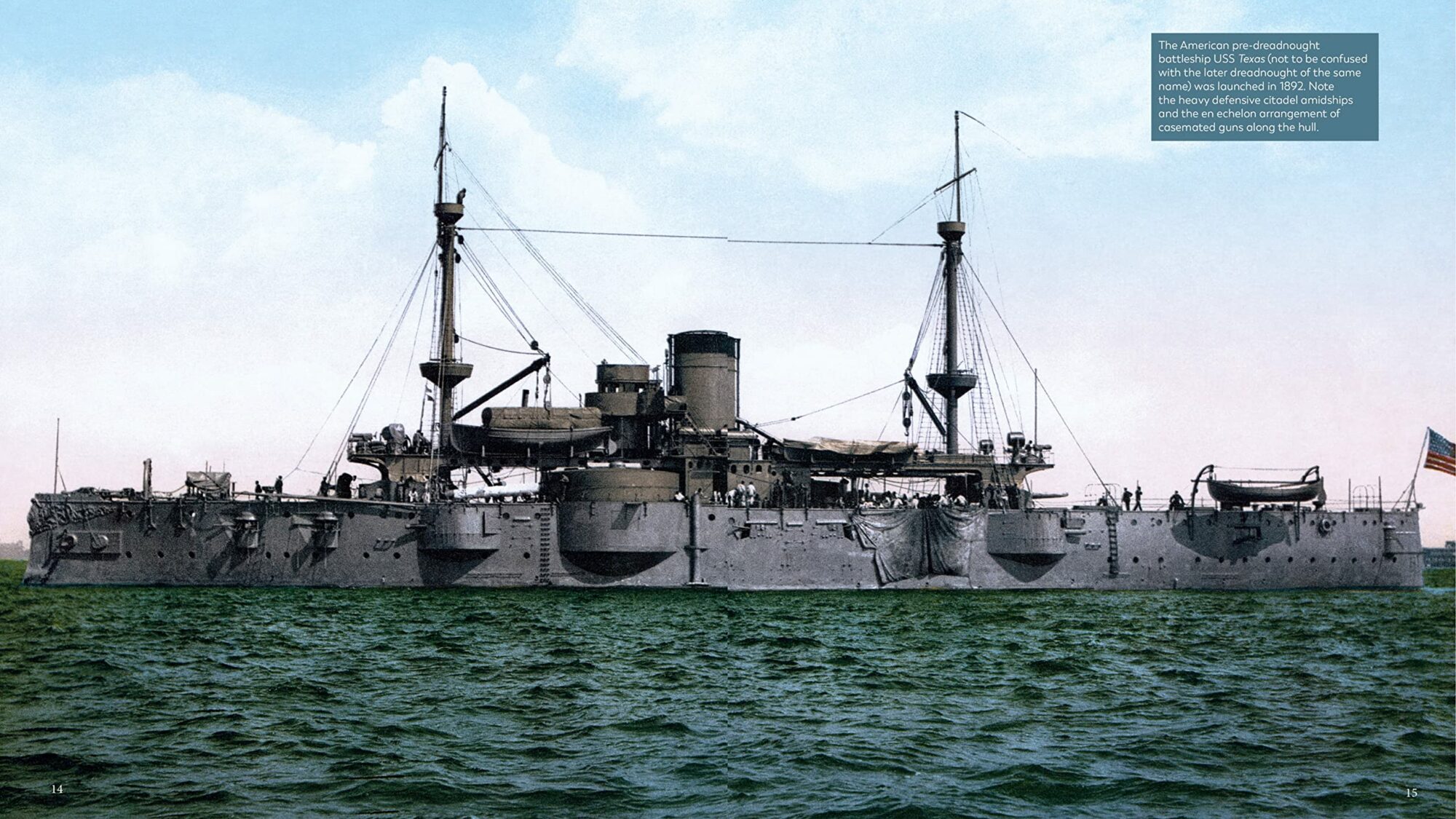
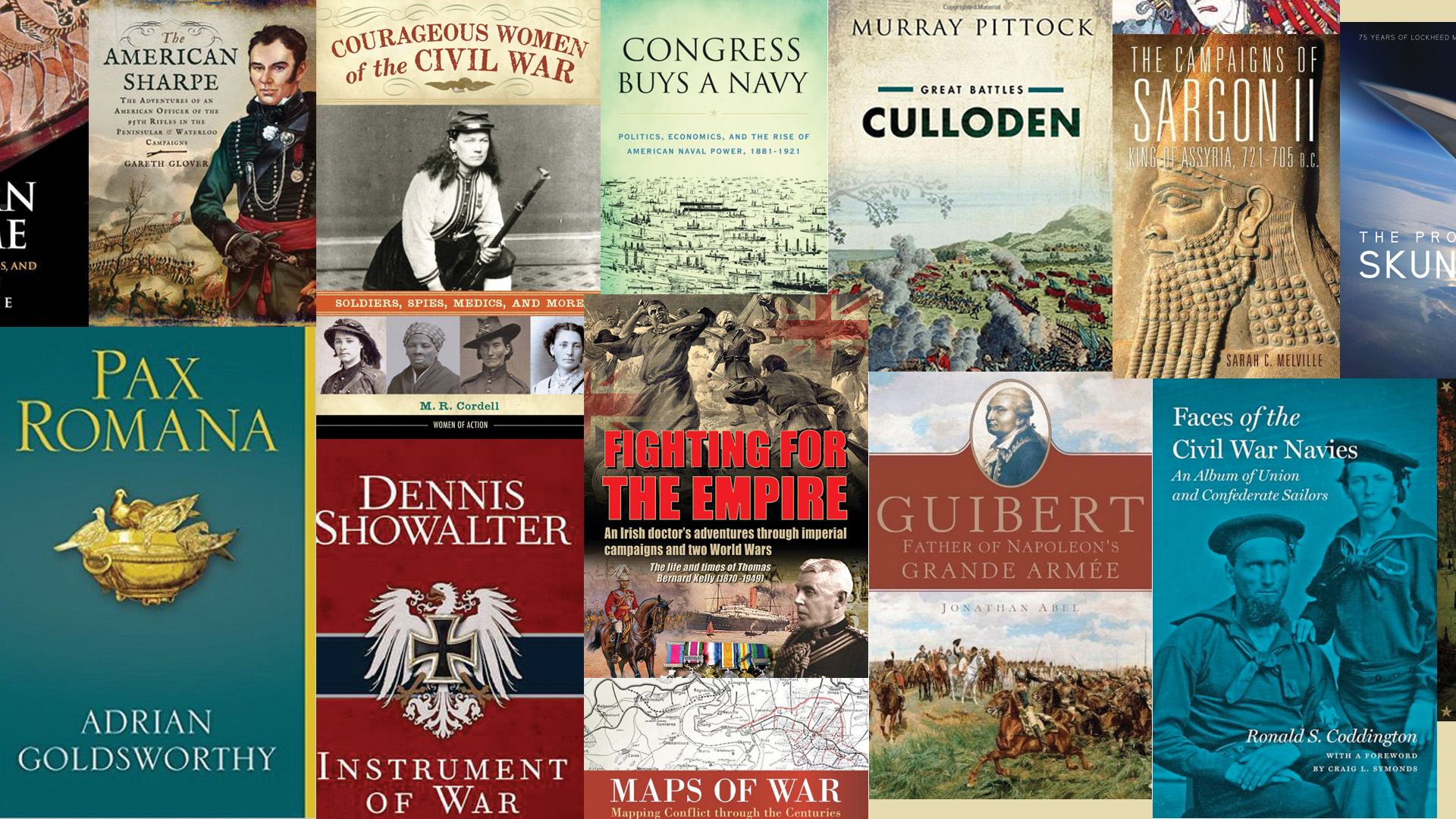
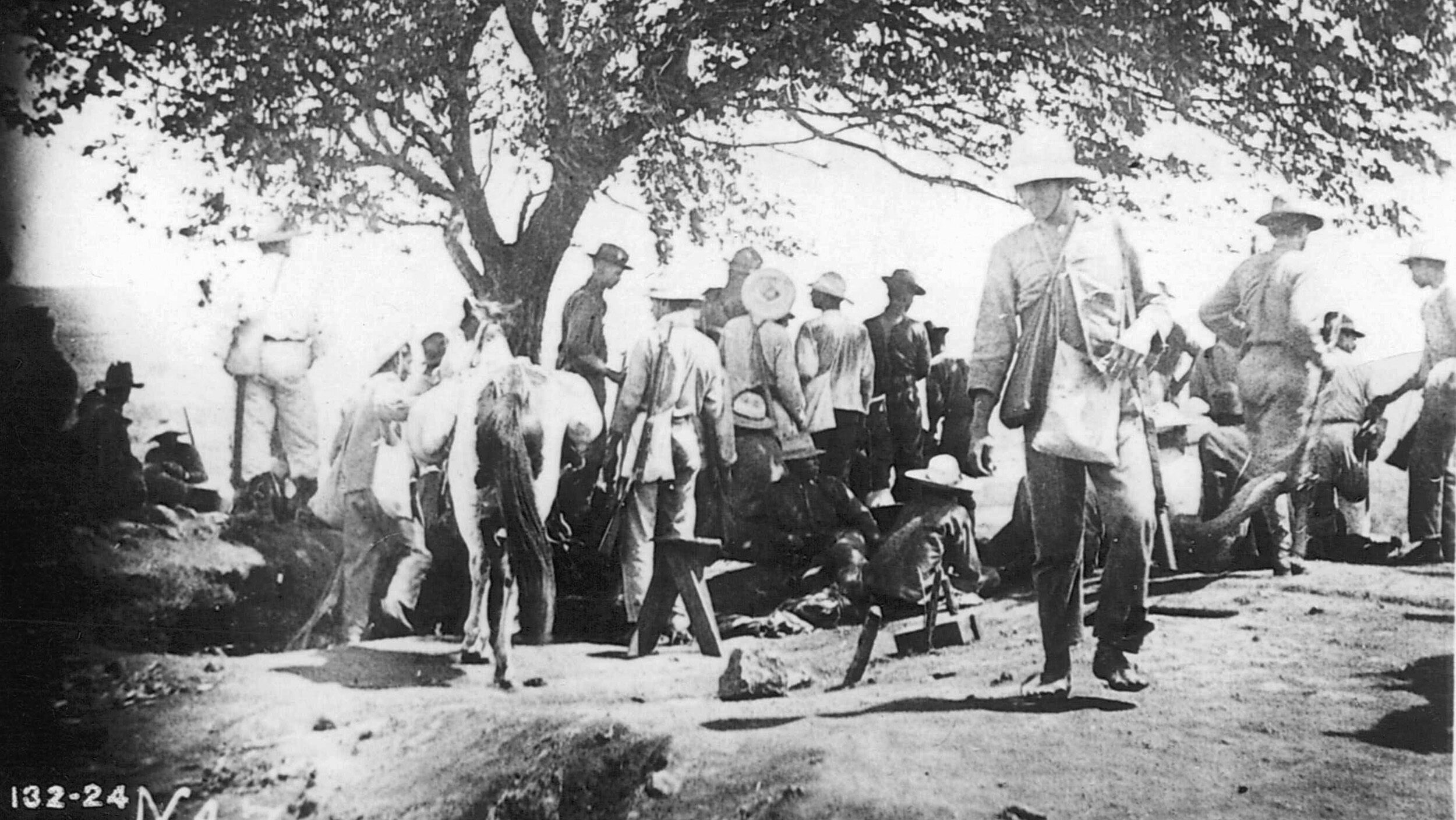
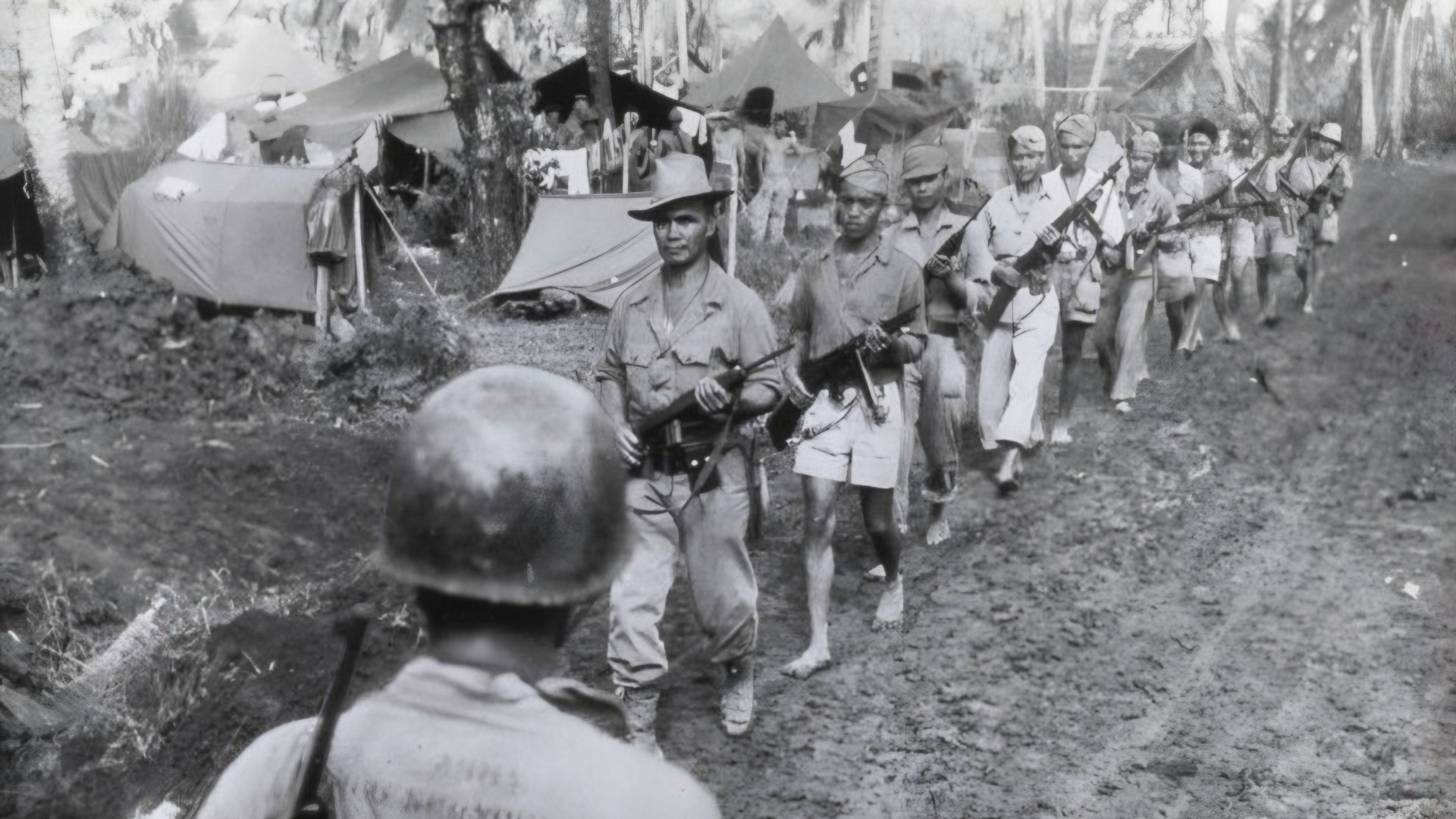
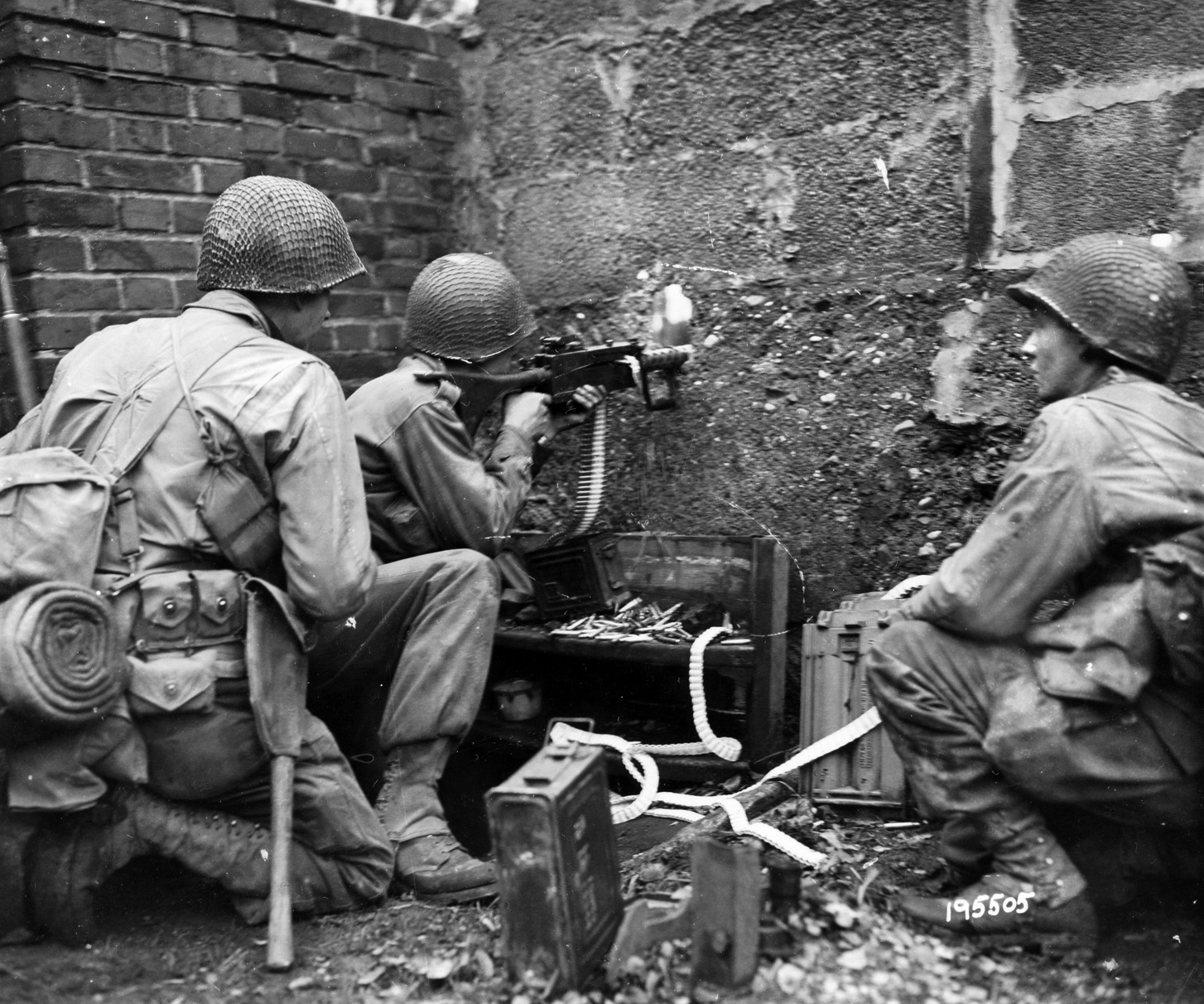
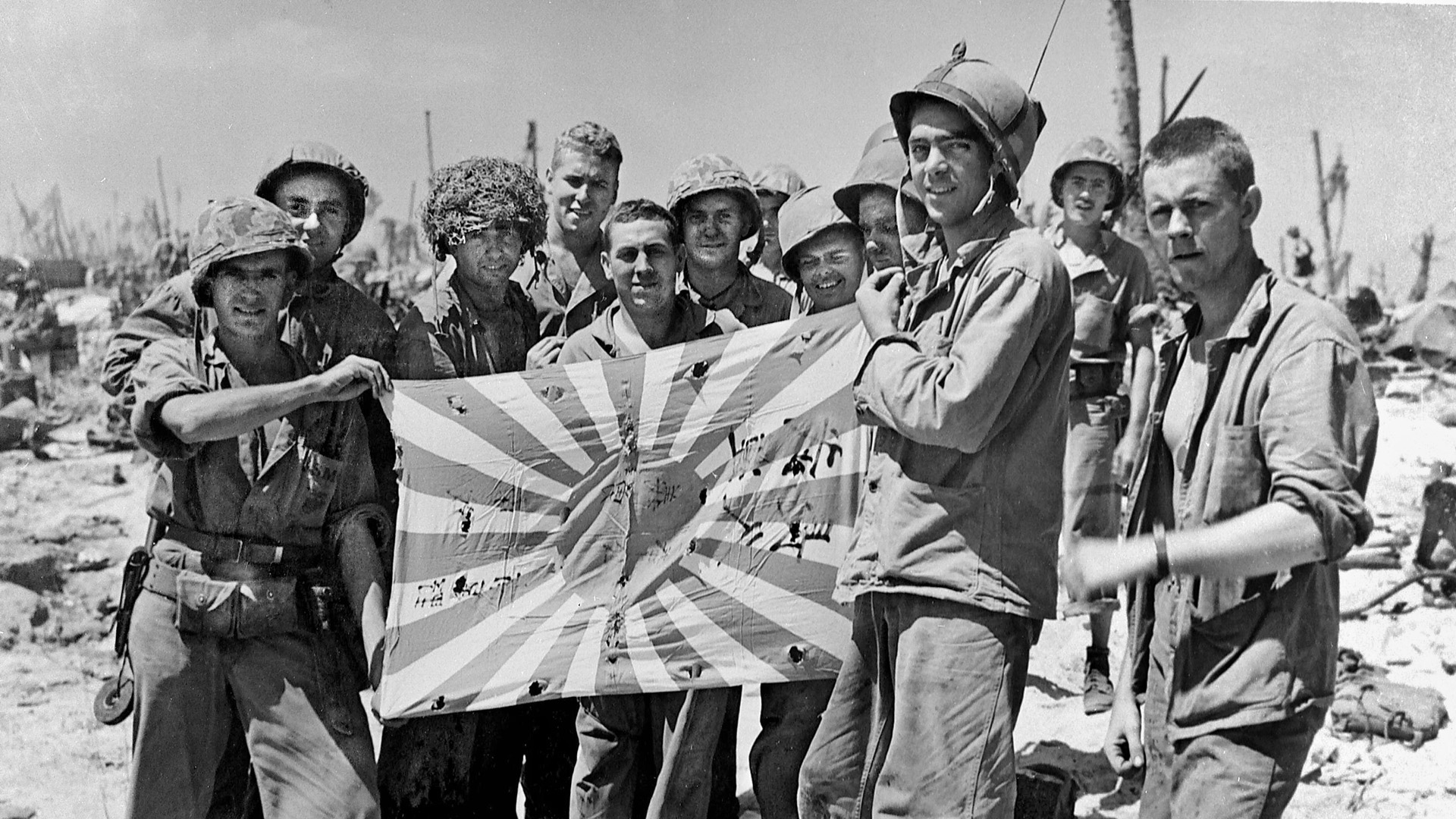
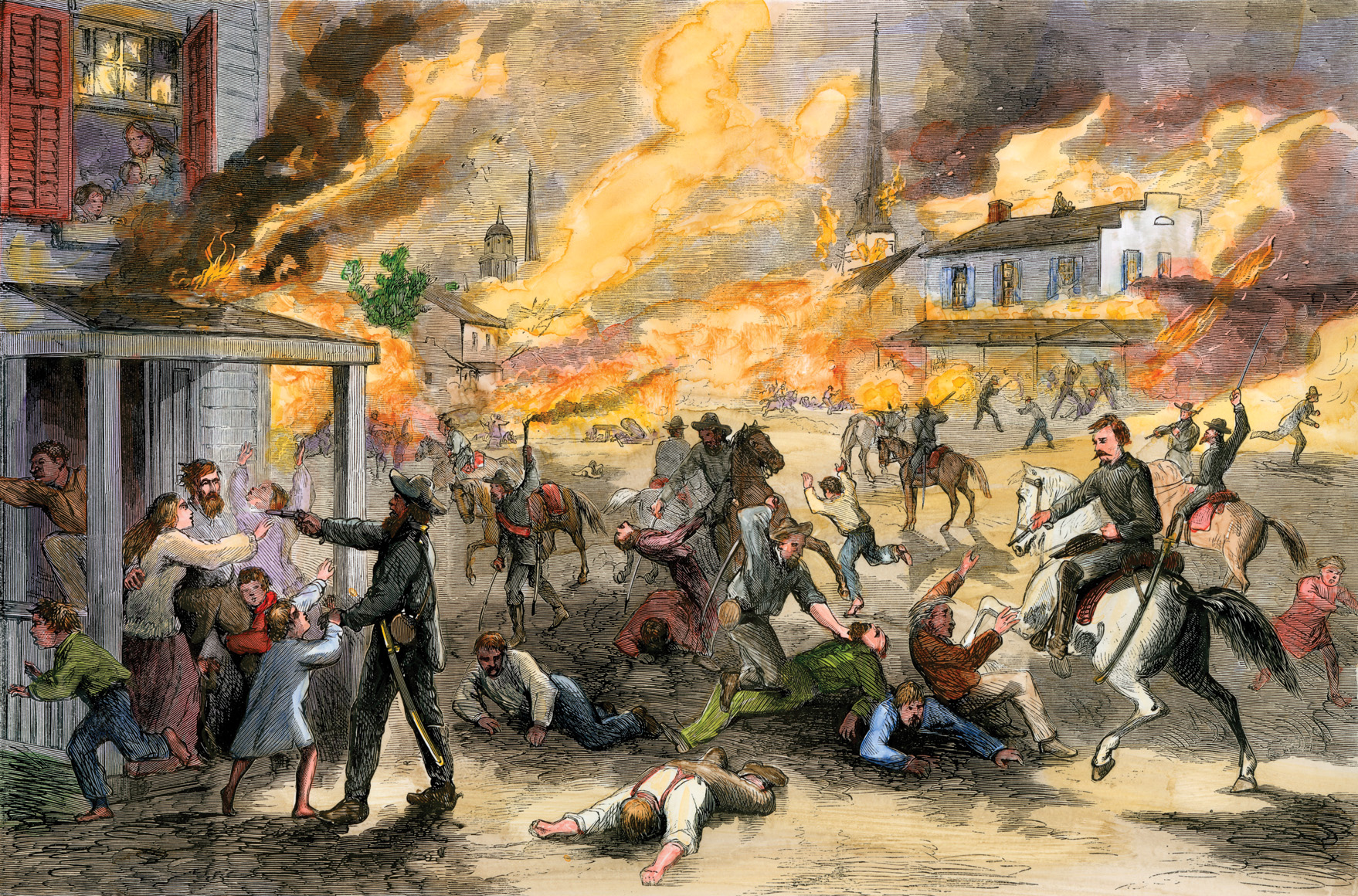
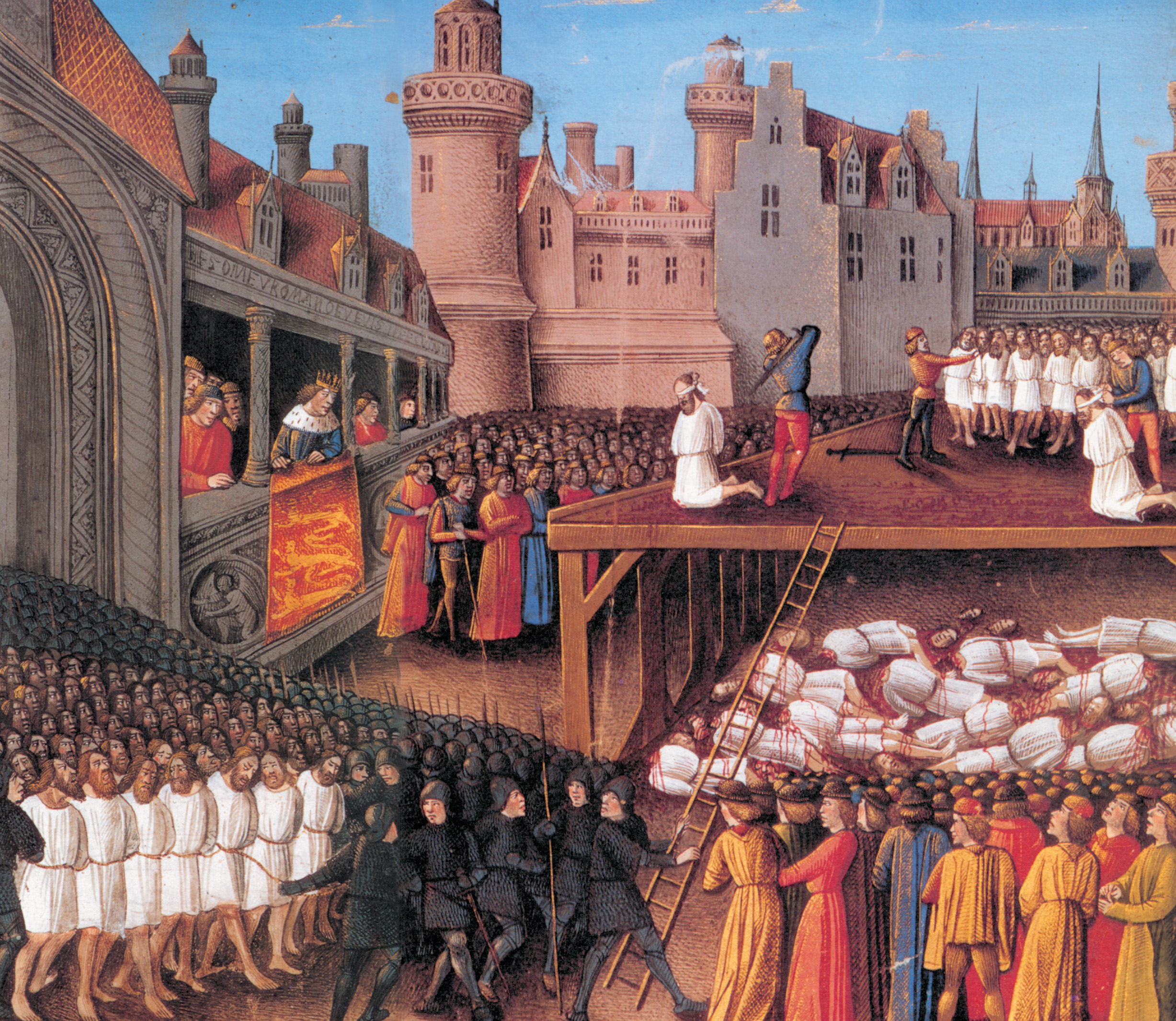
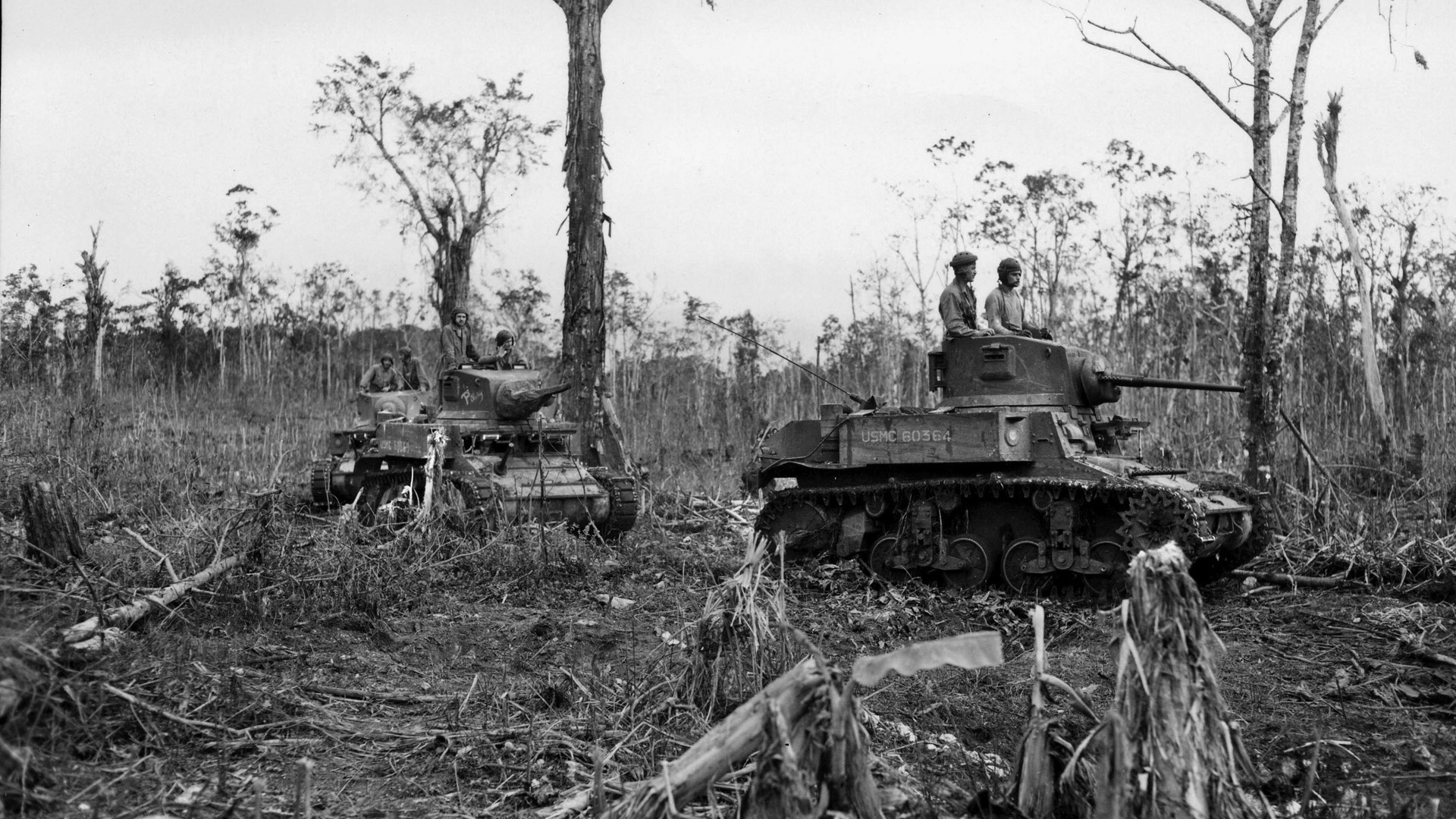
Join The Conversation
Comments
View All Comments